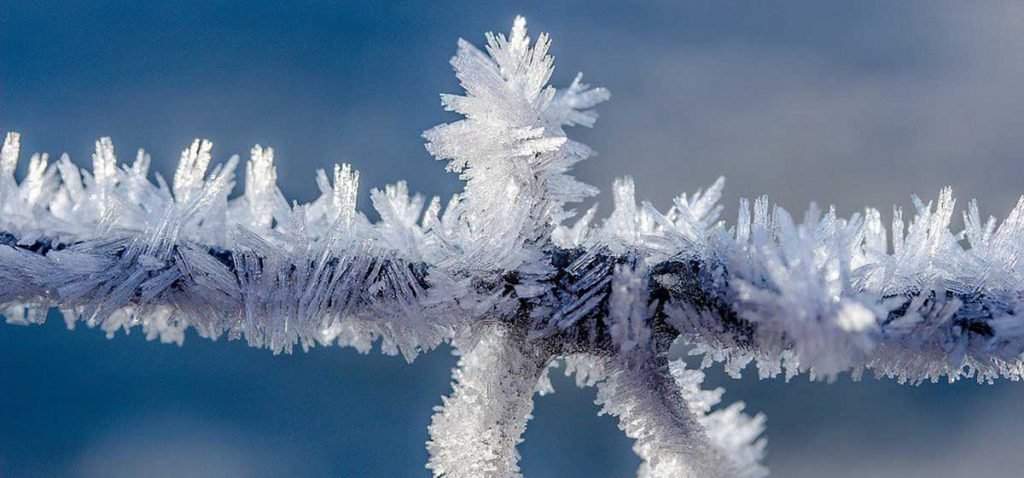Winter can be one of the most wonderful times of the year, allowing you to do activities such as bobsledding, skiing, and building snowmen. There are many cozy possibilities in winter, from snuggling next to a big fire to exploring the outdoors covered in fresh snow. But any time of extreme temperatures can turn deadly quite quickly if you aren’t aware of what’s happening.
Snow may look magical, but the intense cold, blistering winds, and its ground-covering mass all combine to make it a dangerous environmental factor. If you plan to enjoy activities outside in the snow without undue risk of injury, you will do well to understand what kind of dangers winter has to offer.
Frostbite
Perhaps the most well-known negative effect of cold temperature is frostbite, a condition where the extreme cold causes extremities to literally freeze. Frostbite can be an insidious effect, and you may not know that it’s slowly damaging your hands and feet. The first symptom of frostbite is feeling cold in the afflicted extremity that slowly becomes a prickly sensation.
Numbness can then follow as the nerves and blood vessels freeze. If left untreated, the afflicted limb can be damaged permanently and, in extreme cases, even amputation. Various cold-weather clothing such as thermal socks and gloves are essential to keep your extremities warm. You should also check these extremities for the tell-tale discoloration, which can indicate you need to get out of the cold.
Ground Obstructions
Snow blanketing the landscape can seem romantic and charming, but the truth is it can hide nasty traps and risks under its shimmering white mass. Ground obstructions such as jagged rocks, potholes, and fallen branches can all be hidden by a few inches of heavy snowfall, and you may suddenly find yourself tripping as you traverse a snowy landscape.
Good footwear such as Nordica men’s ski boots or an equivalent pair of winter boots could prevent scrapes for these small-scale obstructions. But sometimes snow can hide even worse surprises, especially in the wilderness. Heavy snowfall can hide large crags that can easily break a leg or even massive pits that can trap the unwary. Always be vigilant and carry a pole or stick to determine if the snow in front of you is hiding something more than the ground.
Animals
Winter is when many animals go into hibernation, but those that do not can pose a lot of dangers to unwary hikers and travelers. Bears may be deep in sleep but they will be angry and hungry if you accidentally stumble into one of their dens. The scarcity of animals can drive the largest wolves to civilization in search of food.
Even harmless-seeming animals like deer can be starving and territorial in winter. The snow can hide some animals just like ground obstructions. For example, venomous snakes often take shelter in crags and rocks to avoid the cold, and you could accidentally stick a hand or foot inside of one. Be wary of animals if you ever venture out into nearby woods during winter as you don’t know which ones are out and about, hungry from the cold.
Snow Blindness
The structure of snow and ice crystals makes them shimmer under the sun, and they can even be extremely bright when exposed to direct light. This is called snow blindness. It may seem ludicrous that snow could shine that bright, but it acts like a mirror because snow is white and reflective.
Many cultures that developed around cold climates know just how dangerous the glare of a winter landscape can be, as demonstrated by Inuit snow goggles. These dangers include causing eye strain, hiding obstructions from view, and even blindness. Sunglasses and goggles can help reduce glare and prevent accidents that they could cause.
Disorientation
Snow and wind combined can hide landmarks and blind you with a combination of glare and obstruction. This means finding your way back home to a path can be extremely difficult. This is more dangerous when you are out in the wilderness, as heavy snowfall can quickly obscure your tracks and hide the way back to civilization.
Disorientation is such a problem in areas where snowfall can quickly turn to blizzards that guide ropes are necessary even when going somewhere with a few dozen feet. A compass and some form of global position system are essential if you don’t want to get lost in heavy snow.
Like all extreme weather or temperature, winter can be perilous. But with enough preparation and planning, you can have a refreshing experience out in the snow.

